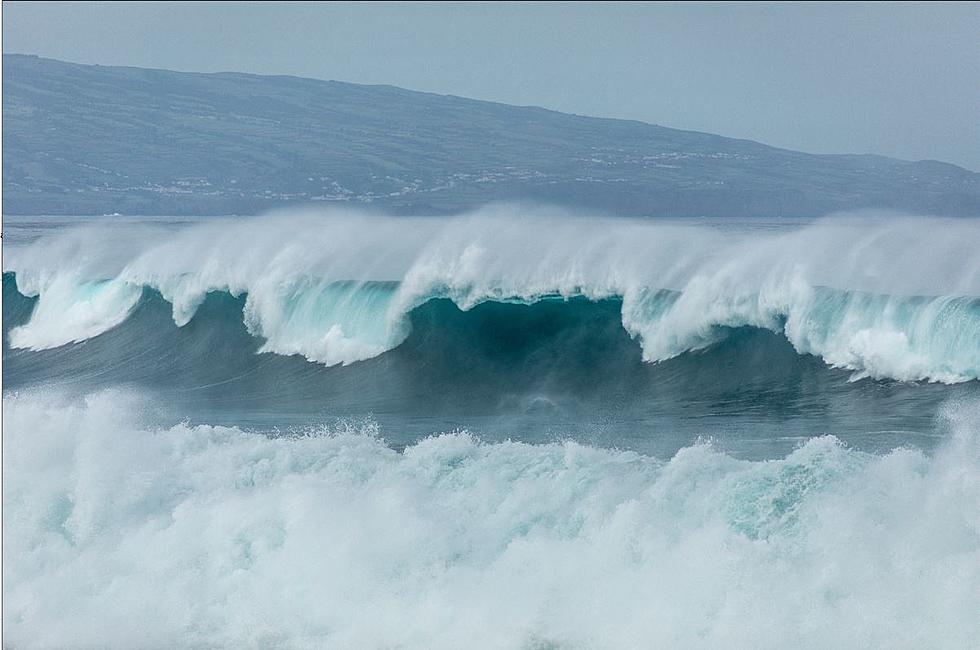
Tropical Storm Erika – New Forecast Moves Track Closer To The Gulf Of Mexico
Tropical systems do not move on their own. These large lumbering storms are at the mercy of upper air currents and other atmospheric conditions that move them about the surface of the ocean much like a leaf is blown around a pond.That's why forecasting their track is such an inexact science.
Such is the case of Tropical Storm Erika. The past few days forecast tracks have pulled the system away from the Florida coast and put points further up the coastline in the cone of uncertainty.
The latest model runs indicate that the system may in fact move on the western side of yesterdays forecast envelope and that would mean the storm would go directly up the Florida peninsula starting at the the very bottom.
What is causing much of the uncertainty in the track of Erika is the intensity of the storm itself. Stronger more developed storms are influenced by upper air flow and pressure gradients differently than weaker storms. Erika is a weaker storm. The maximum sustained winds are now 40 mph.
Another inhibiting factor for Erika will be the interaction with land. Should the storm cross the island of Hispaniola, the mountainous terrain could really cause problems for the system.
Regardless most of the models still suggest Erika will not be an issue for the Louisiana coastline but with tropical systems all bets are off until landfall is made.
More From 99.9 KTDY

![Large School of Sharks Seen Swimming Near Oil Rig in Gulf of Mexico [VIDEO]](http://townsquare.media/site/29/files/2023/07/attachment-Screen-Shot-2023-07-31-at-7.10.13-AM.jpg?w=980&q=75)



